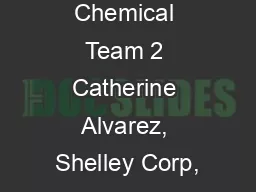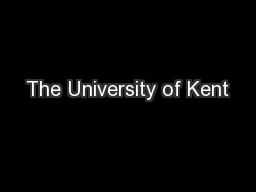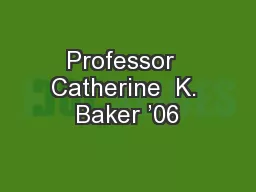PPT-Kent Chemical Team 2 Catherine Alvarez, Shelley Corp,
Author : kittie-lecroy | Published Date : 2018-10-20
Sieata Duhart and Nakia Shipp Introductory Statement Team two has collaborated together to provide a detailed case analysis of Kent Chemical an imaginary company
Presentation Embed Code
Download Presentation
Download Presentation The PPT/PDF document "Kent Chemical Team 2 Catherine Alvarez, ..." is the property of its rightful owner. Permission is granted to download and print the materials on this website for personal, non-commercial use only, and to display it on your personal computer provided you do not modify the materials and that you retain all copyright notices contained in the materials. By downloading content from our website, you accept the terms of this agreement.
Kent Chemical Team 2 Catherine Alvarez, Shelley Corp,: Transcript
Download Rules Of Document
"Kent Chemical Team 2 Catherine Alvarez, Shelley Corp,"The content belongs to its owner. You may download and print it for personal use, without modification, and keep all copyright notices. By downloading, you agree to these terms.
Related Documents














